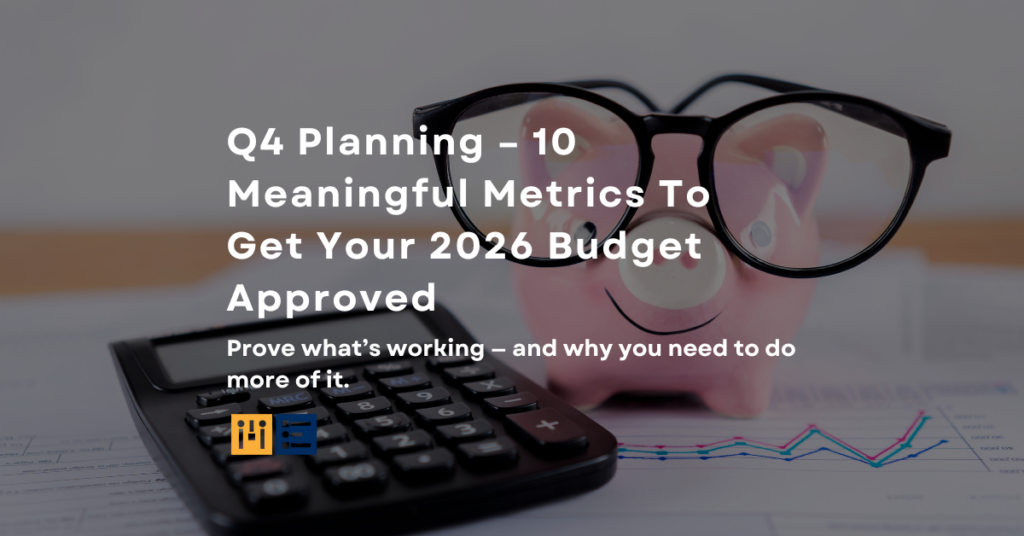
Q4 Planning – 10 Meaningful Metrics To Get Your 2026 Budget Approved
As Q4 ramps up, many eCommerce and tech leaders face a familiar challenge: justifying next year’s budget. Whether you’re pitching to stakeholders, internal leadership, or investors, your 2026 plans need to be backed by more than ambition — they need metrics that matter.
At Mode Effect, we work with companies that want to grow smarter. Here are 10 meaningful metrics that not only show where you’ve been but also build a strong case for where you’re going.
1. Customer Acquisition Cost (CAC)
Why it matters: CAC helps justify ad spend, marketing team investments, and your strategy for growth.
📊 Show how much it costs to acquire a customer across different channels (Google Ads, Meta, SEO, etc.).
2. Customer Lifetime Value (LTV)
Why it matters: LTV gives decision-makers confidence that investing in retention is worthwhile.
📊 If LTV is rising, it’s a sign that your brand experience, support, and product ecosystem are working.
3. Conversion Rate by Device
Why it matters: Many brands still overlook mobile.
📊 Break down desktop vs. mobile performance to prioritize design/dev budget where it will count most.
4. Average Order Value (AOV)
Why it matters: Increases in AOV indicate upsell success or better bundling strategy.
📊 Highlight what efforts have moved the needle — product placement, bundling, payment options.
5. Cart Abandonment Rate
Why it matters: This often reveals UX issues, payment barriers, or trust concerns.
📊 Demonstrate how solving these problems improves revenue without increasing traffic.
6. Revenue by Channel
Why it matters: If you’re allocating budget blindly across marketing platforms, it shows.
📊 Map out where sales are coming from — and where they aren’t — to steer budget responsibly.
7. Page Speed and Load Times
Why it matters: Faster sites convert better — period.
📊 If you’ve improved load times and seen higher conversions, connect the dots to budget more for performance optimization.
8. Support Ticket Volume (and Response Times)
Why it matters: Rising tickets or long response times mean you may need more staff or better automation.
📊 Show how customer experience is directly tied to operational efficiency.
9. Product Performance Data
Why it matters: Stakeholders love seeing which products are winners.
📊 Use sell-through rates and margin data to guide marketing or inventory spend for 2026.
10. Marketing ROAS (Return on Ad Spend)
Why it matters: This one speaks their language — dollars in vs. dollars out.
📊 Focus on improved ROAS over time and make the case for scaling campaigns with proven success.
Final Thoughts: Metrics Tell a Story — Make It a Good One
When Q4 planning hits, don’t just show numbers — show a narrative. These 10 metrics give your team the language to say, “Here’s what we did. Here’s what worked. And here’s what we need to do more of in 2026.”
Need help digging into these numbers or optimizing your store before year-end?
Let’s talk. Mode Effect can help you make smarter decisions based on real performance — not just gut instinct.
